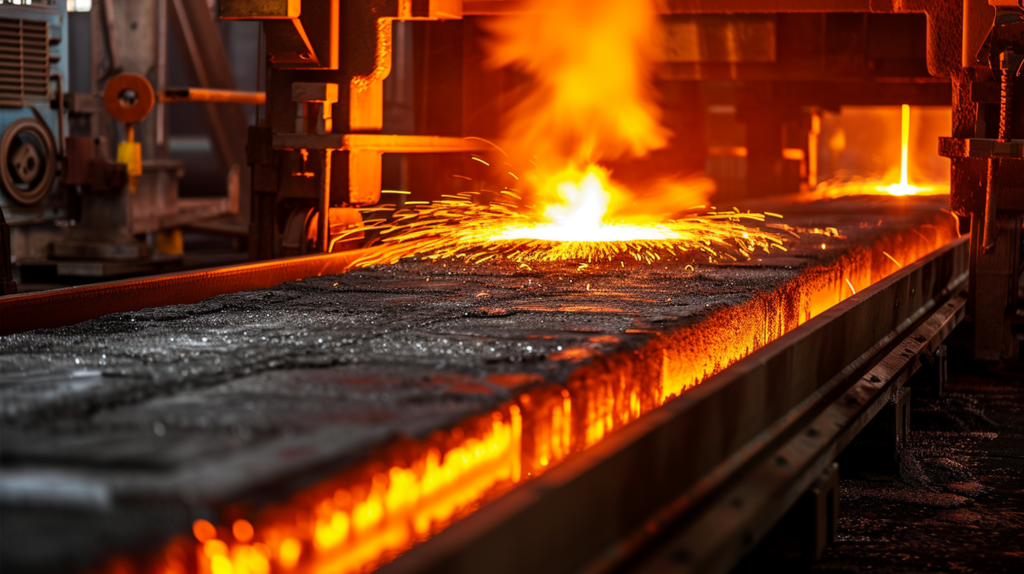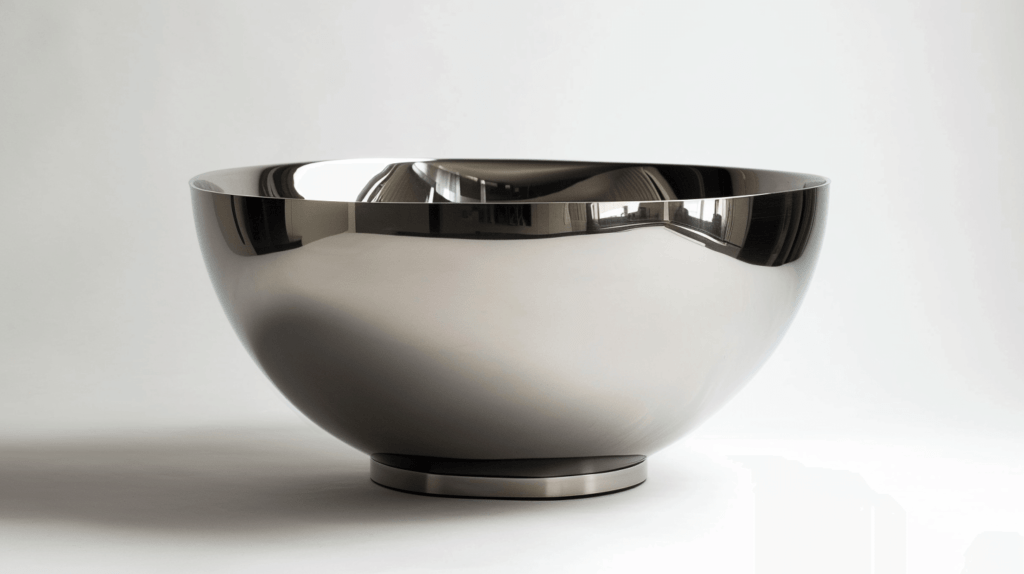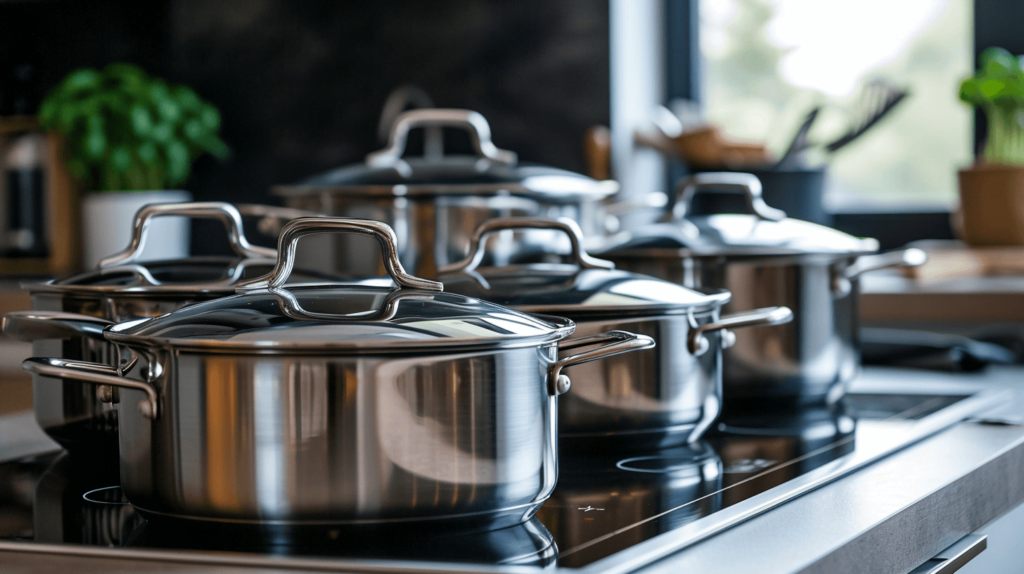Hey there, eco-warriors! Have you ever pondered over your shiny stainless steel water bottle and wondered if the stainless steel is even sustainable? You're not alone in this metallic conundrum! In our quest for a greener planet, it's crucial to dissect the sustainability of everything around us, including stainless steel materials. So, let's dive into this gleaming topic and polish off some myths and facts!
Stainless steel, the Superman of metals, is renowned for its strength, durability, and shiny persona. But what exactly is it? Simply put, stainless steel is a ferrous alloy (that's science speak for a mix of metals) primarily composed of iron, chromium, and, often, nickel. These elements are key stainless steel components, giving this metal its superpowers: resistance to rust, outstanding corrosion resistance, and, embarrassingly, even stains. making it a corrosion-resistant champion.

Now, you'll find stainless steel and its components flexing their muscles in various applications – from skyscrapers to spoons, surgical instruments to saucepans. It's like the multi-talented artist of the material world, juggling roles in construction, automotive, and even our kitchens. But here's the billion-dollar question: does its widespread use in the stainless steel industry make it a sustainability superstar?
Let's peel back the layers of how we produce stainless steel. It's akin to making a metal smoothie – you need raw materials (iron ore, chromium, and nickel), a furnace to heat things up, and a significant amount of energy to blend it all together. Unfortunately, the process to produce new stainless steel isn't exactly a walk in the eco-park. It demands a hefty amount of energy, and we're not talking about a couple of AA batteries. Plus, the extraction of raw materials for stainless steel production often involves mining, which can have environmental implications like habitat destruction and pollution.

However, before you start giving your stainless steel items the cold shoulder, there's more to this story. The plot thickens, and surprisingly, it's not all doom and gloom.
Here's where stainless steel starts to shine brighter in the sustainability spotlight. This metal isn't just a one-hit wonder; it's more like a classic hit that keeps on playing. Stainless steel products are incredibly long-lasting. We're talking decades, or even centuries, of use without turning into a rusty eyesore. This durability means fewer replacements, less waste, and ultimately, a smaller carbon footprint.

But wait, there's more! Stainless steel isn't just tough; it's also a recycling superstar. Unlike the one-hit wonders in the recycling world, stainless steel can be recycled indefinitely without losing quality. In fact, most stainless steel products are a prime example of using recycled materials effectively, containing about 60% recycled material. So, when you're sipping from that stainless steel straw, you're probably taking a swig of history!
In a sustainability showdown, when we compare stainless steel with other common materials, our shiny friend emerges as an eco-knight in shining armor. While plastics, especially single-use ones, are notorious for their environmental impact, stainless steel presents a sturdier and more sustainable alternative. This makes stainless steel an environmentally friendly material choice, offering longevity that few materials can match.

When we look at other metals, while materials like aluminum are also recyclable, they often don't boast the same level of durability as stainless steel. The production of some metals can be more energy-intensive and environmentally taxing. Stainless steel, with its recycling prowess and longevity, often tips the scales in its favor in the eco-battlefield.
Embracing stainless steel equipment and products in our daily lives can be a significant step towards sustainable living. Think reusable water bottles, eco-friendly kitchenware, and even sustainable building materials. By opting for stainless steel items, we're essentially voting for a more sustainable future with our wallets. For the eco-savvy consumers out there, choosing sustainable stainless steel products can be a game-changer. It's about investing in items that will stand the test of time, rather than succumbing to the throwaway culture. Remember, every stainless steel spoon, pot, or pan in your kitchen is a silent eco-warrior in the battle against waste.

Moreover, the industry is buzzing with efforts to enhance the efficiency of recycling processes, striving to reduce reliance on virgin materials. This forward-thinking approach positions stainless steel not just as a participant, but as a frontrunner in the sustainable materials arena.
Yes, indeed! Stainless steel is a champion of recycling, able to be reused indefinitely without losing its quality and durability, making it a stellar example of a sustainable material.
While the production process does have an environmental impact, primarily due to energy use and resource extraction, ongoing innovations are making it more sustainable.
When choosing stainless steel, look for products with a high percentage of recycled content and from brands committed to sustainable practices. The longer the lifespan and the higher the recyclability, the more environmentally friendly the material
No, stainless steel is not biodegradable. Biodegradability refers to the ability of materials to break down and return to nature through the action of microorganisms such as bacteria and fungi. Stainless steel, on the other hand, is a durable alloy primarily made of iron, chromium, and nickel, which do not biodegrade. Instead of breaking down, stainless steel remains in the environment without decomposing for a very long time.
However, it's important to note that while stainless steel isn't biodegradable, it is highly recyclable. It can be recycled indefinitely without losing its quality and properties. This makes stainless steel a more sustainable choice compared to many other materials that either degrade in quality upon recycling or are not recyclable at all. In essence, the strength of stainless steel lies in its recyclability and longevity, rather than biodegradability.
While stainless steel is a great option, other sustainable materials like bamboo, glass, and certain bioplastics can also be eco-friendly choices, depending on the application.
So, is stainless steel sustainable? The answer is a resounding "Yes but with a few caveats." Its durability, recyclability, and ongoing efforts to make the stainless steel industry more eco-conscious solidify its place as a sustainability hero. As we continue our journey towards zero waste, let's remember that our choices, however small, can create a significant impact. Stainless steel isn't just a material; it's a statement of our commitment to a greener, more sustainable future.
For more insights into sustainable living and eco-friendly choices, be sure to explore our articles on how to use reusable pads and tips for a zero-waste home. Keep striving for that greener tomorrow, and remember, every sustainable choice counts!